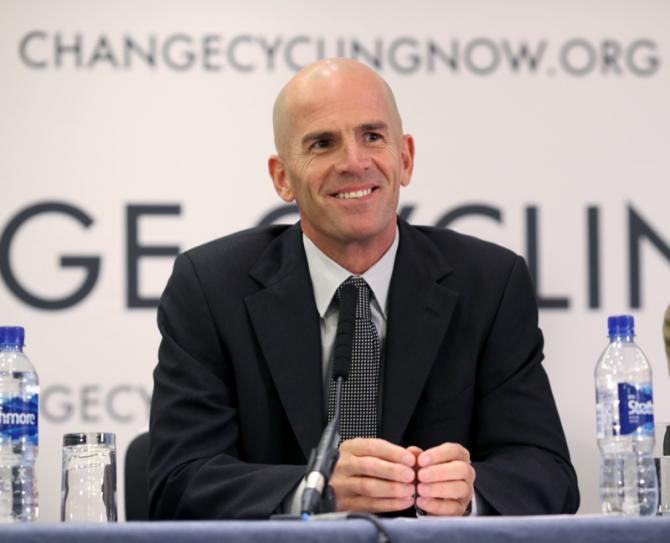Ashenden calls on bio passport experts to re-examine Armstrong’s profile
Former panel member never saw suspicious 2009 Tour samples

Blood profile expert Michael Ashenden has issued a response to the UCI’s assertion that he analyzed Lance Armstrong’s blood passport values and did not flag them as suspicious.The Australian has made public the code associated with Armstrong’s profile and called upon his former fellow panel members to re-examine the data.
The US Anti-Doping Agency has claimed in its Reasoned Decision that the values from May 2009 through the Tour de France showed evidence of a blood transfusion during the Tour. Armstrong himself denied cheating during his comeback.
The UCI confirmed that Armstrong's profile was selected randomly to be reviewed in 2009, but was not flagged as abnormal by the Athlete Blood Passport software, and was therefore not submitted to the expert panel again.
"It is the Athlete Passport Management Unit (AMPU), which is independent from the UCI, and not the UCI who are responsible for submitting random profiles and profiles with apparently abnormal values to the panel of experts," said UCI spokesman Enrico Carpani.
Ashenden quit the passport panel in 2012, but served as part of the group which reviewed the profiles of anonymous riders during the time of Armstrong’s comeback. He stated earlier that he had not reviewed Armstrong’s data, but the UCI countered, stating that he had indeed reviewed a profile belonging to the American.
In reviewing his records, Ashenden was able to narrow down the profile to one which matched values published by USADA in its Reasoned Decision. He states that the profile he reviewed stopped in May, 2009.
However, USADA states in its Reasoned Decision that evidence of doping in Armstrong's blood values came after May, 2009, during Tour de France in July of that year. In re-examining the values for USADA, Professor Christopher J. Gore, Head of Physiology at the Australian Institute of Sport noted a sudden decrease of plasma volume and a decrease in reticulocytes. Gore concluded the chances of the values being normal were “one in a million”.
The latest race content, interviews, features, reviews and expert buying guides, direct to your inbox!
Ashenden now hopes the panel members will take a second look at their data, but notes that the eight-year non-disclosure agreement which led him to step down from the group may impede such a public discussion.
“Given Armstrong’s blood results have been published and are public record, and given we now know that the anonymous code assigned to Armstrong’s results is BPT374F23, it may be possible for the remaining experts to check their own records to confirm whether they ever saw Armstrong’s suspicious results,” Ashenden told Velonews.
“Since both the UCI and the Lausanne laboratory who enforced an eight-year confidentiality clause on the experts both have an interest in dismissing any hint of collusion with Armstrong, I hope and expect they will both now authorize the remaining experts to make public comment.”
